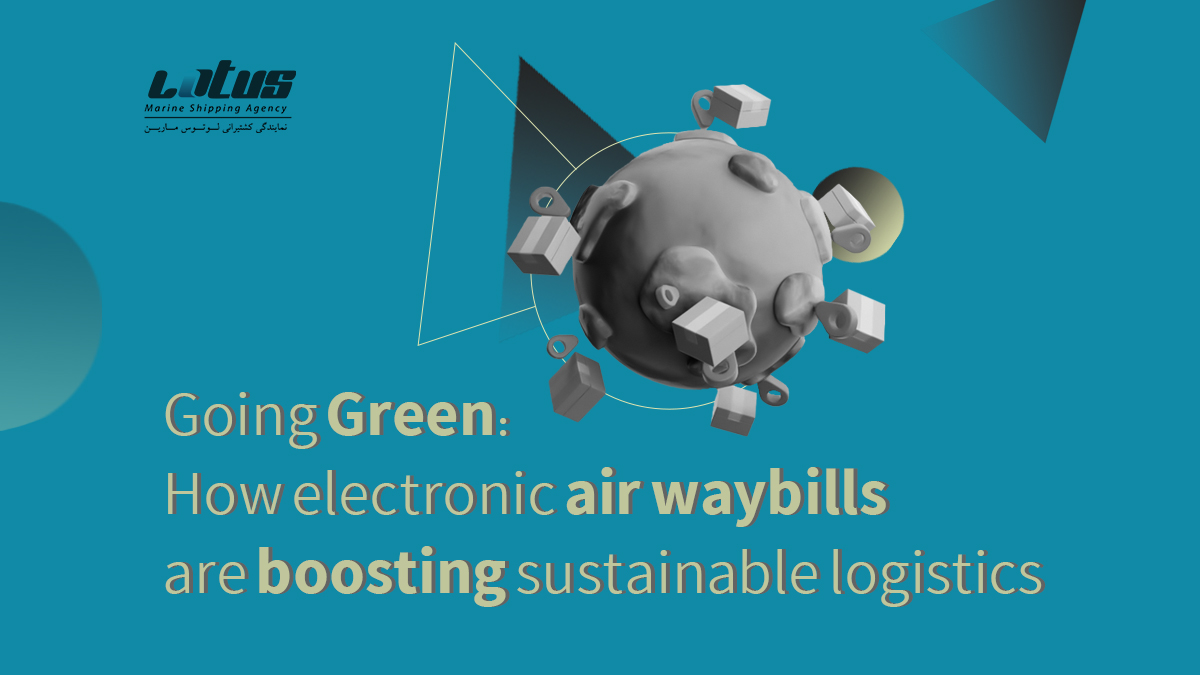In a recent shift toward sustainable logistics, companies are looking for ways to reduce their carbon footprint and minimize environmental impact. One major innovation in the airfreight industry is the use of electronic air waybills (eAWB), which are fast becoming the preferred option for air cargo shipping.
While the airfreight industry is a major contributor to greenhouse gas emissions, stakeholders are working to lower carbon emissions produced by jet fuel. Aviation accounted for nearly 12% of carbon dioxide emissions from transport sources in 2021, according to Air Transport Action Group, but the industry is focused on achieving net zero carbon emissions by 2050.
And while there are a number of ways to reduce the environmental impact of air cargo, one of the most effective is the use of eAWBs.
Benefits of electronic air waybills
EAWBs are paperless, and data is entered once and automatically transmitted to all parties involved in the shipment, reducing the risk of errors. This decreases the carbon footprint associated with paper production and transportation.
EAWBs also are faster than paper AWBs because data is transmitted electronically, which results in shipments being processed faster and can help reduce transit times and improve overall delivery times.
Tighter security is another benefit of eAWBs, which are encrypted to protect data from unauthorized access. This is particularly important in the shipping industry, where there is a risk of cargo being lost or stolen.
Global adoption, challenges of eAWBs
Adoption of eAWBs is increasing worldwide, reaching 68.2% in May 2021, up from 55.9% in May 2020, according to IATA.
The countries with the highest adoption rates are Hong Kong, Singapore and South Korea, with adoption rates of 95.5%, 91.1% and 89.8%, respectively. The United States has an adoption rate of 79.3%, while Europe clocks in at 53.8%.
While the adoption of eAWBs is growing rapidly, challenges remain, including the need for standardization and protocols.
The upfront costs of implementation — such as the cost of software, hardware and training — can be a barrier for some companies, particularly smaller ones.

